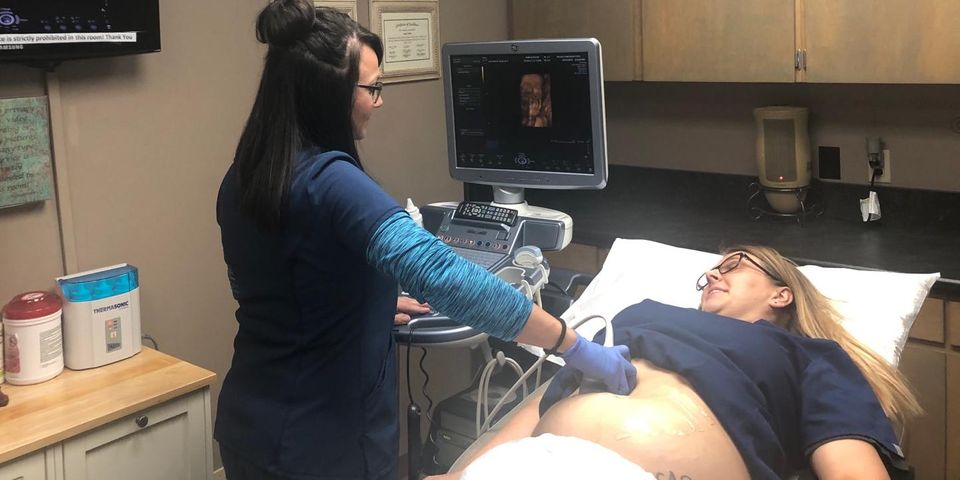
Doctors use ultrasounds to get a clearer image of a patient’s soft tissues. This technology allows them to take images of the inside of your body, which are then used to help evaluate patients. Though ultrasounds are typically associated with pregnancy-related medical appointments, they can be used in for a number of reasons, including investigating and diagnosing gastrointestinal or cardiac issues. If you’ve never had an ultrasound before, you probably have some questions. Here’s what you should know.
4 Commonly Asked Questions on Ultrasounds
How do they work?
Ultrasounds send high-frequency sound waves from a handheld device or transducer to specific areas of the body. It maps the resulting echoes as pixels on a computer screen, to produce an image of what’s going on inside your body. Most ultrasounds are conducted on the skin’s surface, although some can be performed transvaginally, transrectally, or transesophageally.
What can they show you & your doctor?
 Images produced via an ultrasound give doctors the ability to look inside your body, which in most cases would otherwise be impossible to achieve without surgery. As the most common type, prenatal ultrasounds show the development and viability of a fetus at each stage of pregnancy. They can also display sex and detect congenital disabilities. Ultrasounds may also be used to evaluate issues and abnormalities of the stomach, gall bladder, spleen, liver, and heart.
Images produced via an ultrasound give doctors the ability to look inside your body, which in most cases would otherwise be impossible to achieve without surgery. As the most common type, prenatal ultrasounds show the development and viability of a fetus at each stage of pregnancy. They can also display sex and detect congenital disabilities. Ultrasounds may also be used to evaluate issues and abnormalities of the stomach, gall bladder, spleen, liver, and heart.
What’s the difference between 2D, 3D, & 4D utrasounds?
Using sound waves to create images, 2D ultrasounds provide two-dimensional pictures, 3D ultrasounds create three-dimensional pictures, and 4D ultrasounds not only produce four-dimensional photos, they also can yield video recordings. Prenatal 4D ultrasounds will allow you to see your baby move, whereas other forms only show a static picture. Additionally, 3D and 4D imaging can also help doctors detect congenital disabilities, which they may not see with a 2D image.
Are ultrasounds safe?
Unlike X-rays that use radiation, the leveraging of sound waves in ultrasound technology make it completely safe for adults as well as fetuses. Furthermore, the majority of ultrasound procedures tend to be non-invasive and pain-free.
If you’re an expecting parent who is eager to see your new baby, turn to Burton Creek Rural Clinic. Based in West Plains, MO, this medical clinic has been Howell County’s top healthcare resource for over a decade. From ultrasounds and prenatal care to behavioral health and therapy, they provide comprehensive medical services for the whole family. Call (417) 256-2111 to schedule an appointment, or visit their website to learn more about the medical practice.
About the Business
Have a question? Ask the experts!
Send your question

